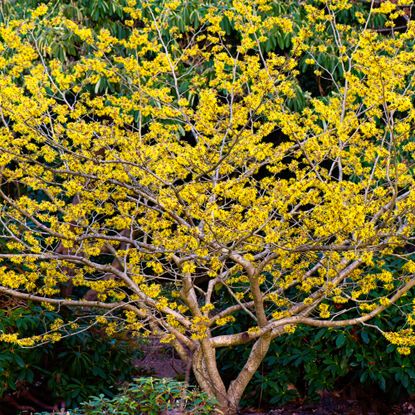Trees
Trees are normally a welcome addition to the home landscape, so finding tree growing information is an essential part of their care. Whether you are needing this information for planting trees, the pruning of trees, or getting rid of ornamental trees that have outlasted their welcome, the following pages should help. Keep reading to find the type of tree care information that meets your needs. Our tree growing information continues to grow, so if you don’t find it now, keep checking. New articles are regularly added.
Explore Trees
-
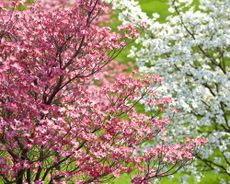
These 5 Popular Trees Might Look Beautiful – but Experts Say They’re a Nightmare for Your Yard
As heartbreaking as it might be, it's probably best to give these gorgeous trees a miss, unless you're willing to go to a lot of trouble…
By Ciéra Cree
-

Need a Last Minute Christmas Tree? Turn Garden Clippings into a Festive Showpiece With This Easy Topiary Trick
Running out of time for a full tree this year? This quick topiary trick turns fresh evergreen clippings into a cute mini tree that fits on a table or mantel, smells gorgeous – and comes together super fast!
By Tyler Schuster
-
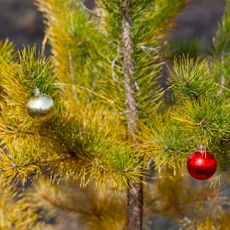
Why Your Christmas Tree Is Turning Yellow – and How to Fix It Fast Before It's Too Late
Worried because your Christmas tree is turning yellow weeks before the big day? Here's what you need to do to get it green again before the holiday is here.
By Tyler Schuster
-
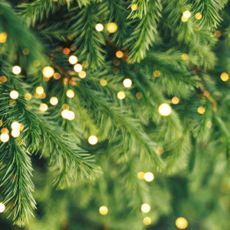
Christmas Tree Looking a Bit Lackluster? This Easy Greenery Hack Makes It Instantly Full, Fluffy and Fabulous
If your Christmas tree is is looking a little more sparse than spectacular, don’t panic – this simple fluffy hack, using greenery from your garden, can quickly transform it into something lush and luxuriant
By Janey Goulding
-

Want to Grow Your Own Christmas Tree? These 6 Fast-Growing Varieties Could Be Ready to Decorate Sooner than You Think
It is possible to cultivate your own festive tree if you choose a suitable variety! With a little patience, you can try one of these fast growing Christmas trees for delightful homegrown specimens
By Teo Spengler
-

Get Rid of Christmas Tree Bugs So Your Holidays Stay Jolly and Bright
Christmas tree bugs can dampen the holiday spirit. Learn how to identify and remove bugs so creepy crawlies won't bring you down.
By Tyler Schuster
-
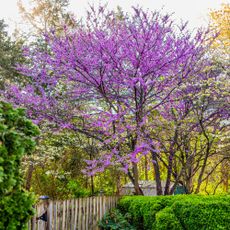
I've Been Writing About Trees for 20 Years, These Are the 5 Native Species I Recommend Everyone Plant in Their Own Yard
After decades of reading, writing about, and planting hundreds of trees, these are the species I absolutely adore. Here's why they deserve a spot in your yard.
By Teo Spengler
-

Does Sugar Water Really Keep Your Christmas Tree Fresh? Plus, the Simple Trick that Works Wonders and is Absolutely Free
Branches droop, needles shed, and if you aren’t careful, your tree can quickly lose its seasonal freshness. Folks swear by sugar water in the stand, but does it help or hurt? We reveal the truth
By Tyler Schuster
-
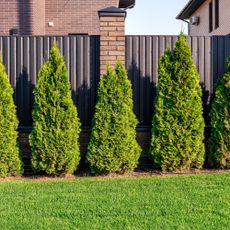
Hide an Ugly Fence & Add Privacy With These 7 Stunning Trees That Are Perfect for Fence Lines
Beautify your borders with these trees for fence lines! These expert picks add privacy and quickly hide an unattractive fence you'd prefer not to see.
By Teo Spengler
-

Spiders Hiding in Your Christmas Tree? Don't Panic – Here's How to Get Rid of Them Fast
Most spiders in Christmas trees are harmless hitchhikers, and with a few quick checks and simple steps, you can clear them out before they spread indoors.
By Tyler Schuster
-
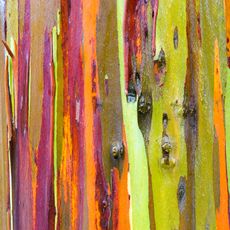
Want Showstopper Trees? Grow these 7 Unique Beauties for Dramatic Bark Tone and Texture to Add Some Winter Wow
Think bark is boring? These 7 breathtaking trees prove otherwise, offering extraordinary textures, bold color and instant character that turn even winter into a showpiece
By Mary Ellen Ellis
-

The World's First Automatic Christmas Tree Watering System Looks Like A Literal Gift – And it Might Just Be the Cutest Holiday Gadget Yet!
Want to keep your Christmas tree hydrated without installing an ugly automatic watering system? Look this way…
By Kayleigh Dray
-

Firefighters Warn This Live Christmas Tree Mistake Can Be Deadly – Follow This Simple Rule to Keep Your Home Safe
Don't let neglected care turn your holiday centerpiece into an accelerant. Find out how keep your tree safe, and when it's absolutely time to take it down.
By Tyler Schuster
-
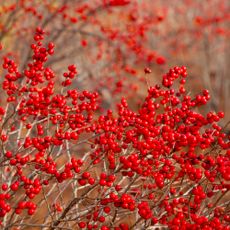
11 Trees and Shrubs With Red Berries for a Bright and Cheery Winter Landscape
Add a pop of festive color to the dreary winter landscape with one of these trees and bushes with red berries. They provide instant cheer that lasts all season.
By Mary Ellen Ellis
-
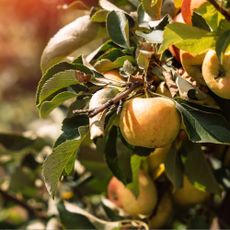
When I Plant Fruit Trees in the Fall, I Always Do These 2 Things to Help Them Thrive
Now is the perfect time to plant fruit trees (especially if you want to do it on the cheap), so long as you do these two things…
By Kayleigh Dray
-

Buying Your Christmas Tree in November? Here's 3 Ways to Stop It From Drying Out by New Year
Yes, your Christmas tree can last longer than you might think… so long as you keep it hydrated, that is.
By Kayleigh Dray
-
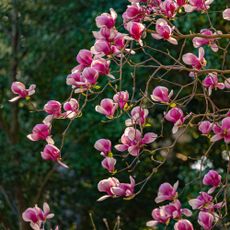
Magnolia Tree Reblooming? Here's Why Your Spring Flowers Are Back in Fall & What It Means for Next Year's Blooms
Is your magnolia blooming in fall? Unexpected fall flowers may surprise gardeners, but there's no need to worry. Here's why it happens and what you need to do.
By Tyler Schuster
